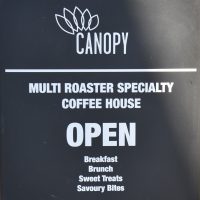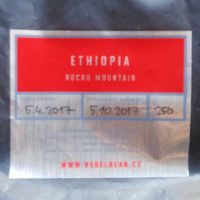 As the COVID-19 pandemic unfolds, coffee shops in the UK have adapted. At first, this meant pretty much universal closure, followed by a slow, cautious reopening as takeaway-only operations, exemplified in Guildford by Canopy Coffee and Krema Coffee. Now, with the UK Government relaxing its social distancing rules, this has paved the way for hospitality industries in England, including coffee shops, to reopen for sit-in customers on July 4th.
As the COVID-19 pandemic unfolds, coffee shops in the UK have adapted. At first, this meant pretty much universal closure, followed by a slow, cautious reopening as takeaway-only operations, exemplified in Guildford by Canopy Coffee and Krema Coffee. Now, with the UK Government relaxing its social distancing rules, this has paved the way for hospitality industries in England, including coffee shops, to reopen for sit-in customers on July 4th.
In Part II of this short series on where we go next, I looked at the Government’s guidance and pondered what it might mean for coffee shops. However, I was prompted to start this series by this tweet from Wrecking Ball Coffee in San Francisco which argued, in essence, that just because coffee shops could reopen, it didn’t mean that they should. It’s this question that I’m returning to in this, the third and final part of the series.
The same disclaimers apply here as in Parts I and II. First, I don’t work in coffee shops, I write about them, so this series focuses on the consumer viewpoint. Second, this is about on what might happen in England since, due to devolution, the rules differ elsewhere in the UK.







